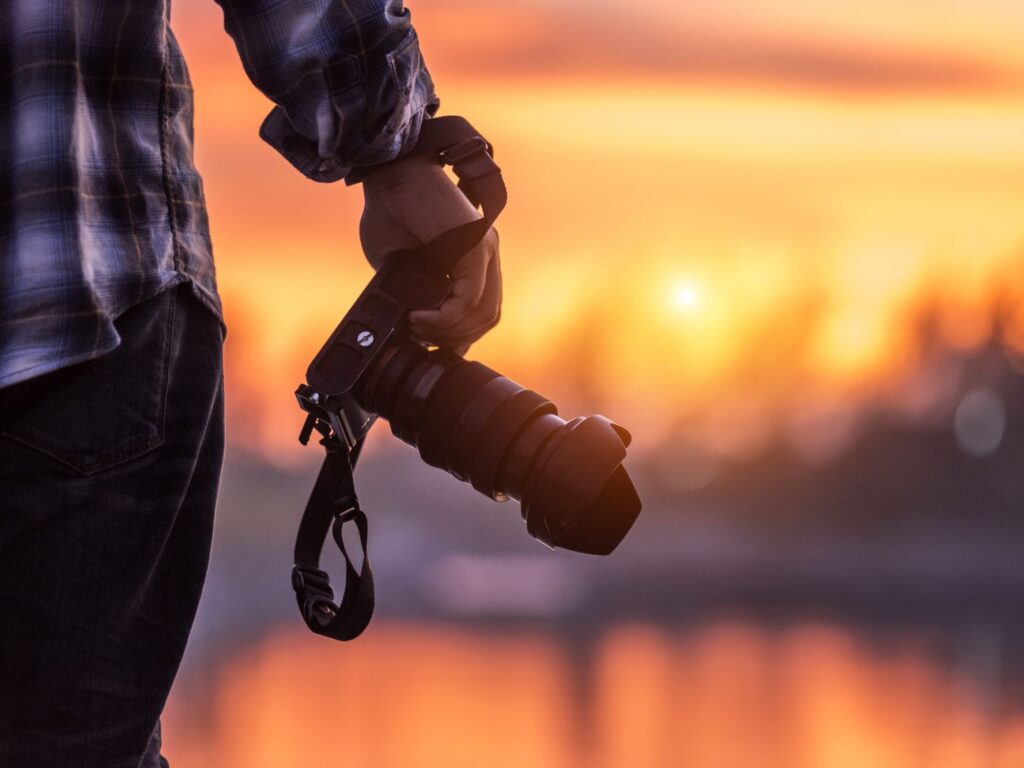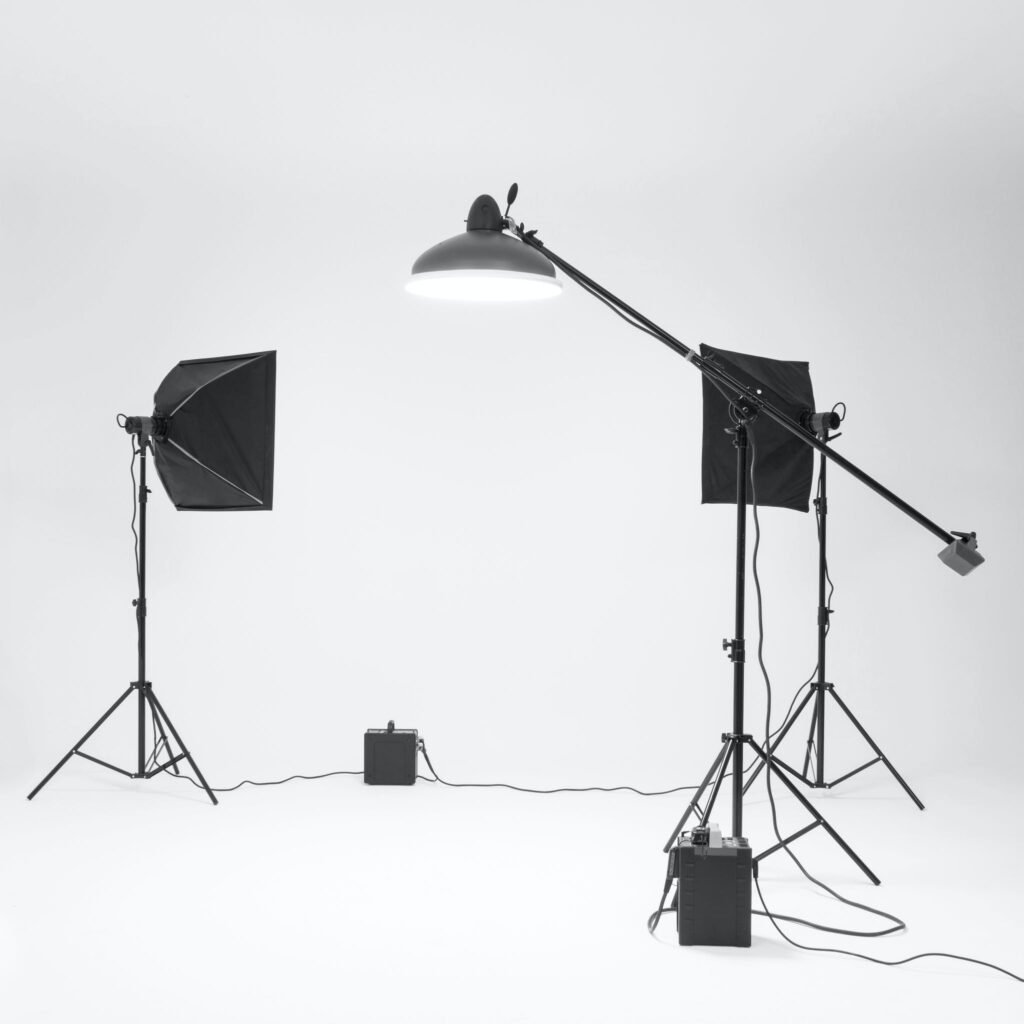Photography tips and techniques are strategies that photographers can use to improve their skills and take better photos. These tips can range from technical skills like mastering camera settings and lighting, to creative skills like composition and storytelling. Some tips are focused on specific genres of photography, such as landscape, portrait, or street photography. Others are more general and can be applied to any type of photography. By learning and practicing these tips, photographers can enhance their images and develop their own unique style.
What is Photography?
Photography is an art form that requires a combination of technical knowledge and creativity. Whether you are a beginner or a professional photographer, there are always new techniques and tips to learn and explore. Technical skills like understanding camera settings, lighting, and post-processing software are important for producing high-quality images, but equally important is developing your creative eye and style.

Some common photography tips include understanding the rule of thirds, using leading lines, experimenting with different angles and perspectives, and knowing how to capture and convey motion. Other tips focus on working with models, selecting the right equipment, and developing your own unique style. Ultimately, photography tips and techniques can help you take better photos, express your artistic vision, and share your stories with the world.
Some Photography Tips and Techniques
There are many photography tips and techniques that can help improve your photography skills. Here are some basic tips to get started:
- Use proper lighting: Lighting is one of the most important aspects of photography. Use natural light whenever possible, and avoid using flash unless necessary. Experiment with different lighting setups to find what works best for your subject.
- Know your camera: Learn how to use your camera’s settings, including ISO, aperture, and shutter speed. This will give you more control over your images and help you achieve the desired look.
- Get close to your subject: Don’t be afraid to get up close and personal with your subject. This can add depth and detail to your images.
- Use the rule of thirds: This is a basic composition principle in which the image is divided into thirds both horizontally and vertically. The main subject of the image should be placed along these lines or at their intersections.
- Experiment with angles: Try shooting from different angles to add interest to your images. This can include shooting from a low or high angle, or even shooting from above.
- Use a tripod: A tripod can help you stabilize your camera and reduce camera shake, resulting in sharper images.
- Be patient: Sometimes it takes time to get the perfect shot. Don’t be afraid to wait for the right moment or try different techniques until you achieve the desired result.
- Edit your photos: Post-processing can enhance your images and make them stand out. Experiment with different editing software and techniques to find what works best for you.

Other tips and techniques:
- Focus on the subject: Ensure that your subject is in focus and clear. Use your camera’s autofocus or manual focus to achieve this.
- Use a shallow depth of field: A shallow depth of field can create a beautiful blur effect in the background, which can make your subject stand out. Use a wide aperture (low f-number) to achieve this effect.
- Consider the background: When composing your shot, pay attention to the background. Ensure that it complements your subject and does not distract from it.
- Capture movement: If your subject is in motion, experiment with shutter speed to capture the motion in different ways. A faster shutter speed can freeze motion, while a slower shutter speed can create a beautiful blur effect.
- Use leading lines: Leading lines can guide the viewer’s eye to the subject or create a sense of movement in the image. These lines can be found in natural elements like roads, buildings, and even people.
- Tell a story: Photography can tell a story. Consider the narrative you want to convey with your image, and use composition, lighting, and editing to support that story.
- Experiment with black and white: Black and white photography can create a timeless and classic look. Experiment with converting your images to black and white to see how it changes the mood and feel of the image.
- Use different lenses: Different lenses can create different effects and perspectives. Experiment with different lenses, including wide-angle, telephoto, and macro lenses, to see how they affect your images.
Remember, there are no strict rules in photography, and experimentation is key. Keep practicing, learning, and trying new things to develop your own style and approach to photography.
Practice makes perfect. The more you practice and experiment with different techniques, the better you will become at photography.


